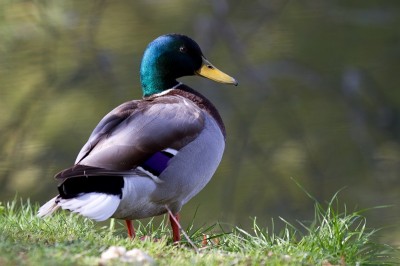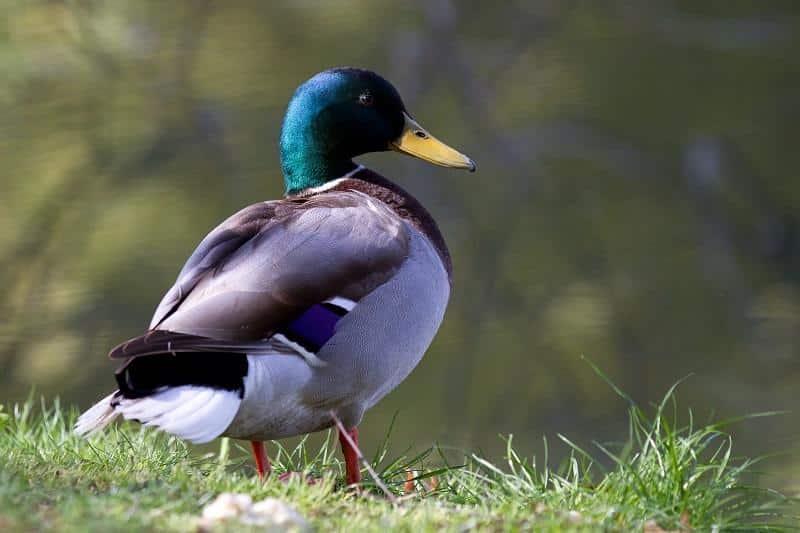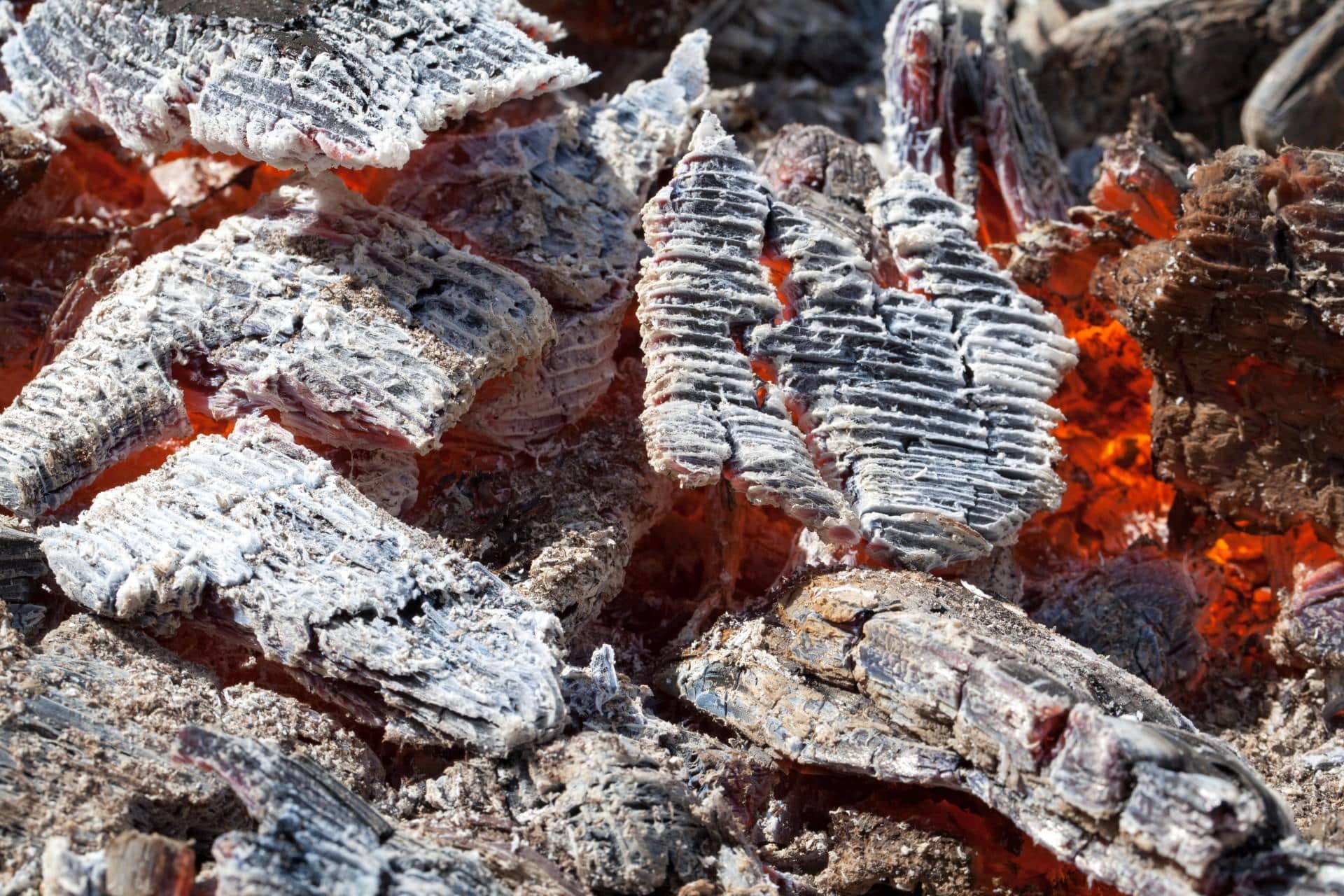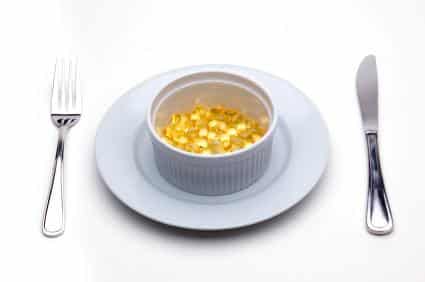 Perhaps you are in the early stages of planning your homestead. You have a piece of beautiful land and are deciding how it will look and function best. Or, you may already own a homestead and are looking to add more elements to it to increase your sustainability.
Perhaps you are in the early stages of planning your homestead. You have a piece of beautiful land and are deciding how it will look and function best. Or, you may already own a homestead and are looking to add more elements to it to increase your sustainability.
While keeping chickens is a popular pursuit of both urban farmers and homesteaders, ducks and geese are, unfortunately, often bypassed. Some people overlook their value thinking only that they make a lot of noise and a lot of mess. In reality, adding ducks and geese to your homestead is well worth your consideration.
Geese were one of the first animals to be domesticated by man. They adapt well to most climates and life in captivity. Once mature, ducks and geese are pretty easy keepers. No need to rise at the crack of dawn to feed, milk or otherwise tend to these feathered friends. They pretty much take care of themselves, foraging for most of their food and requiring little in the way of housing or containment. They are basically maintenance-free.
Weed and pest control
If you are searching for organic ways to control pests and weeds, ducks and geese can do a great deal to help you in your pursuit. Ducks love to munch on weeds, weed seeds, snails, slugs and other bugs. Muscovies, in particular, will reduce your tick, wasp, flies, Japanese beetle and mosquito population. Geese love weeds, as well. This is especially true of Chinese geese, which don’t weigh enough to damage the soil as they forage. As duck and geese gobble up weeds, they produce phosphorous-rich manure which is perfect for compost.
Eggs
Most people don’t realize that some duck breeds will lay more eggs than chickens. Smaller breeds such as Campbells or Runners will lay eggs very similar to chickens – generally, the smaller the breed the more eggs. Although geese don’t lay as frequently as ducks, their eggs are large and tasty. Many people prefer goose eggs for such things as omelets.
Meat
Keeping a few ducks and geese around for meat is a good idea if you are looking to be as self-sustaining as possible. Larger meat birds will not produce as many eggs as smaller fowl, but a balance of both is nice. Many people compare the meat of a Muscovy duck to tender veal and the fat from geese is great for cooking and baking. It takes anywhere from 2 to 4 months to raise a duck for meat, depending on the species. Geese can be raised for meat in about 6 months. You will have the benefit of knowing that your birds were raised in a healthy, happy environment without the use of non-organic materials or harmful chemicals. This brings great peace of mind in a day and age where the ill health effects of industrial meat are becoming well-known.
Noise/Security
While some people may be offended by the loud and aggressive noises that geese can make, it can actually be a good thing. Geese can be intimidating and keep predators at bay that might otherwise gobble up your chickens and small ducks. Many people add a few geese to their flock for security reasons alone.
Just for Fun
Who can resist the charming nature of a sweet duck or a mother and her ducklings? Ducks are fun and geese are oh so elegant – especially if you have a pond. Many people add ducks and geese to their homestead for aesthetic reasons and enjoy their company.
Getting Started
You can acquire mature ducks and geese, but most people enjoy watching little ones grow up. There are two different species of domestic ducks to choose from: Muscovy and mallard-derived breeds. Most people keep mallards in pairs, but if you don’t want little ones you can just keep hens. Muscovy ducks do not pair up; they like to keep their distance. Geese usually bond in pairs or even trios. Some ganders will take up to six females at a time.
It is a little tougher to get started with ducks and geese than with chicks, as they like to play in the water. This means that a cardboard brooder will not work. A large plastic tote is the best option. If you elevate the floor using hardware cloth you can catch water that gets splashed around. For a waterer, use an open pan and place a piece of clean, untreated lumber that’s a little smaller than the container on top of the water. This will allow the birds to drink only around the edges.
To keep the food and water clean, place them on opposite edges of the brooder. Use either commercial waterfowl starter or chick starter crumbles. If you use chick starter crumbles, be sure it does not have coccidiostat in it – this is good to prevent intestinal parasites in chicks, but toxic to waterfowl. If you use chick crumble, be sure to add a little livestock-grade brewer’s yeast — 3 pounds of yeast per 25-pound bag. This will help prevent niacin deficiency which can result in bone and joint disorders.
If you need heat for the birds, the safest thing is a sealed infrared pet heater. It is important to shelter the birds from inclement weather until they have feathers. This is generally seven to 10 weeks for mallard ducklings and about 16 weeks for Muscovies and goslings.
Feeding
While geese are entirely vegetarian, ducks will do well if 90 percent of their diet is vegetable matter and 10 percent comes from mosquitoes and tadpoles. The Muscovies like slugs, snails and even young gophers.
Waterfowl can get almost all of the nutrition that they need from foraging unless you are looking for heavy egg or meat production. They like grass that is no longer than four inches; if it is any longer it can choke them. Many people supplement their waterfowl, especially in the winter. This also helps with fertility during the breeding season. Do not allow access to the grain apart from 15 minutes in the morning and the evening. Be sure to provide ample potable water and a place to clean their bills. This needs to be water that is deep enough for them to dunk their heads. Be sure to keep water and food at least six feet apart or you will have quite a mess.
Because ducks and geese are notorious for picking up anything on the ground, it is a good idea to keep your grounds free from anything harmful such as lead shots or small children’s toys. They are curious and can choke easily.
Housing and Bedding
It is also important not to keep waterfowl in a small space with chickens or turkeys. They like a different environment than chickens. If you need to confine your waterfowl, use a four-foot wire mesh fence. The best arrangement is to have fencing that you can move regularly to expose new ground and keep the threat of parasites down. To keep your fowl safe at night, use a well-built house and train them to go in it at night. Geese are happy with a bed of thick straw, but ducks prefer a nesting box. Remove wet and soiled bedding often and disinfect their house at least once a week. Housing should be large enough to allow both ducks and geese to spread out their wings.
Worming
Regular worming will help reduce the risk of parasites. Both geese and ducks are susceptible to especially gizzard worms. They are red in color and about 2-4 centimeters long. Most wormers can be mixed right in with the food.
Wing Clipping
If you plan on keeping ornamental ducks and light-breed geese, you will need to clip their wings to ensure they don’t fly away. Heavier breeds cannot fly and clipping is not necessary. Wing clipping is not painful for the birds and involves removing flight feathers on one wing only.
Water
Both ducks and geese love the water and it is especially important for the larger breeds to have water for mating and egg fertility. A small pond is a great asset to keeping both ducks and geese. A children’s swimming pool will work as long as there is easy access for the smaller waterfowl and the water is kept clean. Waterfowl have a tendency to become depressed if they can’t swim daily.
Remember: Before you get started with waterfowl, as with anything else, do your research. Being prepared will make the experience a lot more fun and fruitful.
What duck and gees tips would you add? Let us know in the comments section below.
Sign up for Off The Grid News’ weekly email and get $600 worth of survival blueprints … free!











